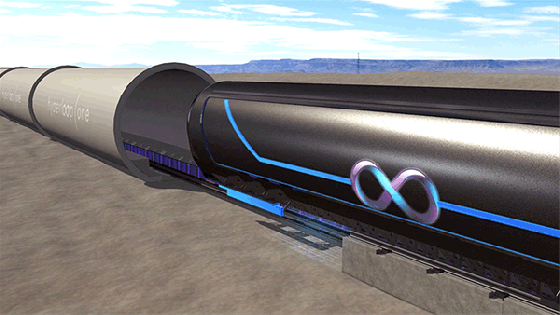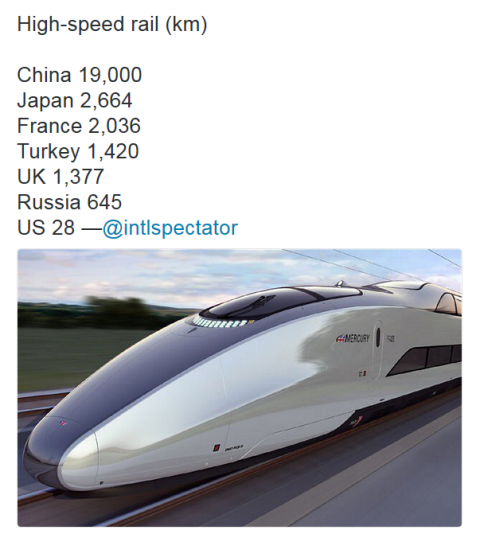Maglev Trains
https://en.wikipedia.org/wiki/Maglev
Maglev (derived from magnetic levitation) is a transport method that uses magnetic levitation to move vehicles without making contact with the ground. With maglev, a vehicle travels along a guideway using magnets to create both lift and propulsion, thereby reducing friction by a great extent and allowing very high speeds. In itself, maglev technology includes no moving parts.
Maglev transport systems currently (as of 2015) are in operation in three countries (Japan, Korea and China).
A High Speed Future
- Tokyo – Nagoya – Osaka
The Chūō Shinkansen route (bold yellow and red line) and existing Tōkaidō Shinkansen route (thin blue line) Construction of Chuo Shinkansen began in 2014. It was expected to begin operations by 2027.[108] The plan for the Chuo Shinkansen bullet train system was finalized based on the Law for Construction of Countrywide Shinkansen. The Linear Chuo Shinkansen Project aimed to operate the Superconductive Magnetically Levitated Train to connect Tokyo and Osaka by way of Nagoya, the capital city of Aichi, in approximately one hour at a speed of 500 km/h (310 mph).[109] The full track between Tokyo and Osaka was to be completed in 2045.
The L0 Series train type undergoing testing by the Central Japan Railway Company (JR Central) for eventual use on the Chūō Shinkansen line set a world speed record of 603 km/h (375 mph) on 21 April 2015. The trains are planned to run at a maximum speed of 505 km/h (314 mph),[112] offering journey times of 40 minutes between Tokyo (Shinagawa Station) and Nagoya, and 1 hour 7 minutes between Tokyo and Osaka.
http://www.japantimes.co.jp/wp-content/uploads/2013/09/nn20131001i1a-870x458.jpg
And in the near future ...
Hyperlook Transport
https://en.wikipedia.org/wiki/Hyperloop
http://time.com/4325946/hyperloop-one-test/
https://timedotcom.files.wordpress.com/2016/05/hyperloop-5.gif?w=560

